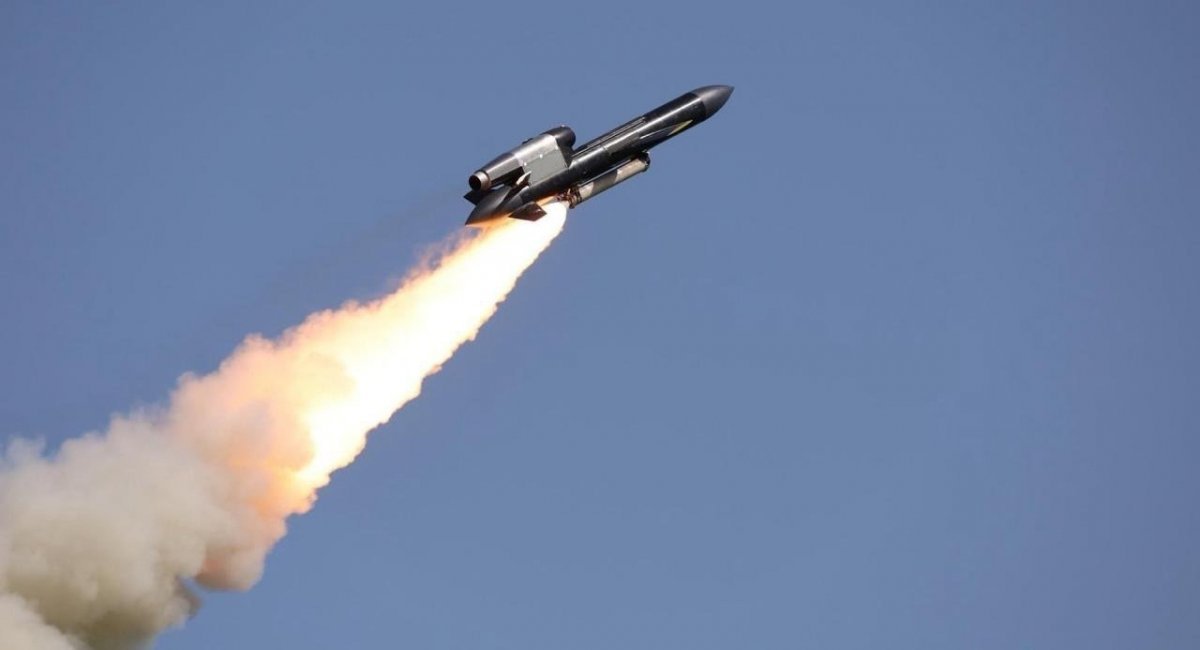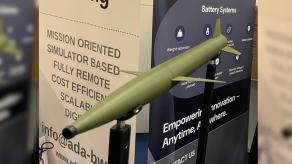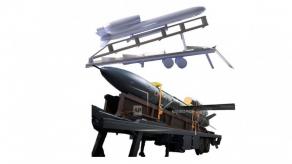The Ukrainian company Fire Point continues to disclose details about the FP-5 Flamingo. Following an earlier video that featured extensive production footage, a new high-quality recording of the missile's live-fire test has now been released.
This time, the material was published by Politico along with comments from company executives. The outlet also released the video, which captures the missile’s launch and flight, allowing viewers to observe several technical details.
Read more: FP-5 Flamingo Is Nothing Like the Tu-141 Strizh: Let's Explain in Pictures
The footage begins with pre-launch preparations, showing the missile's nose cone painted bright pink. The launcher is equipped with a hydraulic lift to adjust the launch angle, while all the equipment required to activate the missile’s systems is mounted on a pickup truck.
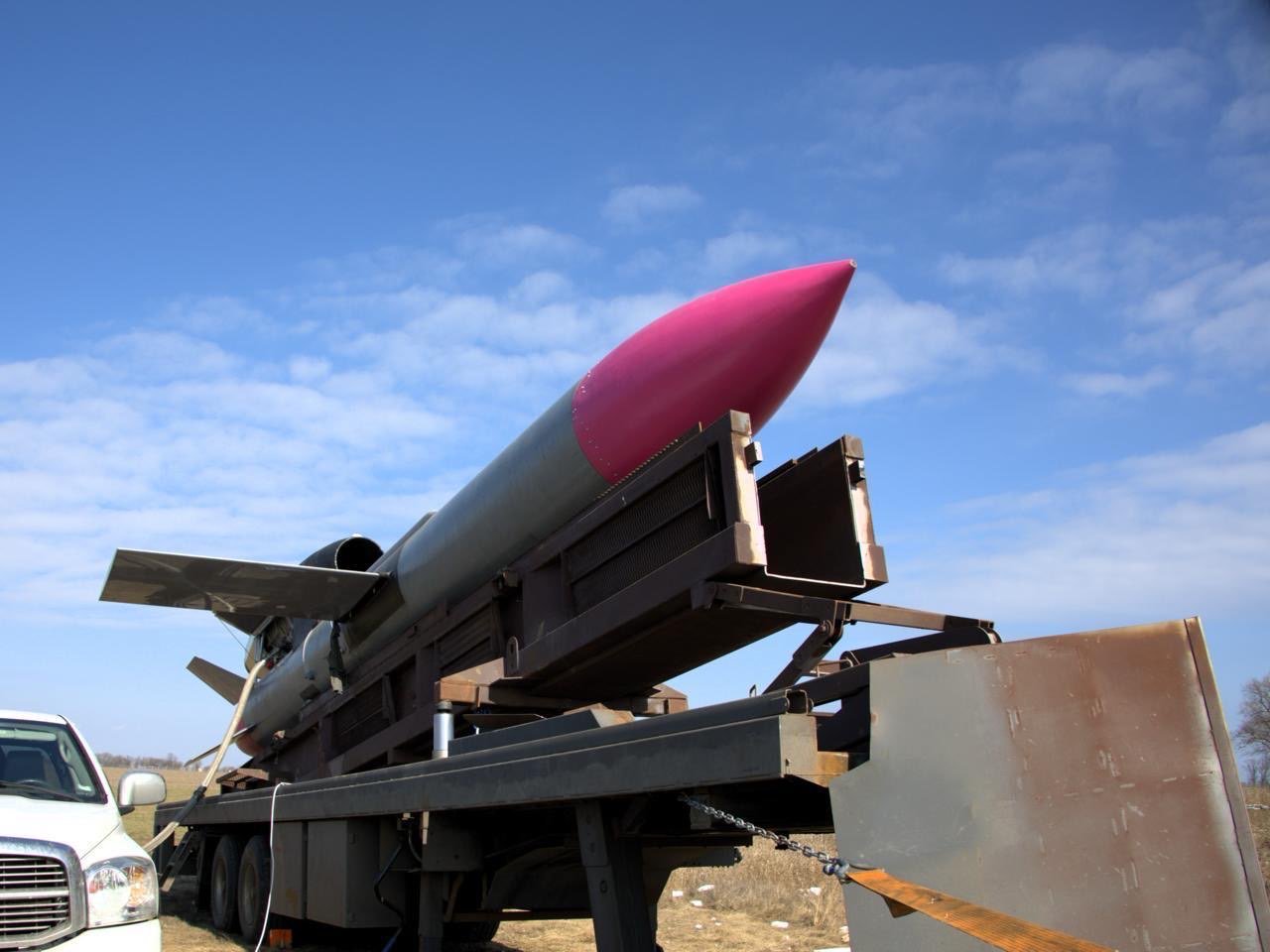
It is worth noting that the explanation for the missile's name Flamingo has changed. Earlier, it was suggested that the name derived from a paint defect. Now a more logical explanation has been offered: the first prototypes were painted this color. Brightly painting experimental missiles is standard practice, as it makes them easier to track in flight and to recover debris after testing. For instance, the first Neptune prototypes were also painted a bright color — orange. Most likely, the supposed "paint defect" applied only to prototypes, while serial-production missiles are painted black.
As previously demonstrated, the missile launches with the help of a solid-fuel booster. It climbs steeply, and at an altitude of about 100 meters the booster separates.

The turbofan engine then ignites and transitions the missile into cruise mode.
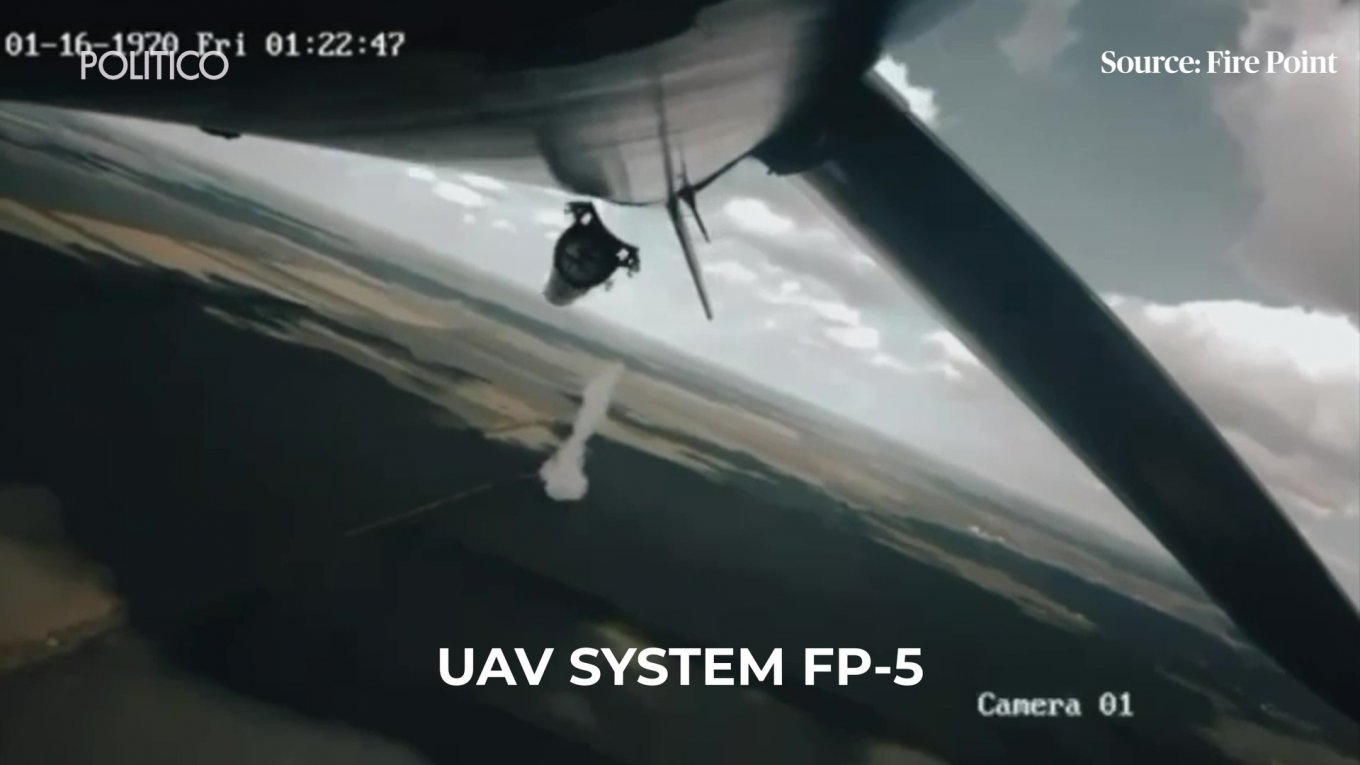
One frame of the video shows the software interface used during the test. It turned out to be ArduPilot, a popular open-source UAV control system that can be customized for specific applications. This software allows for autonomous flight along a pre-programmed route.
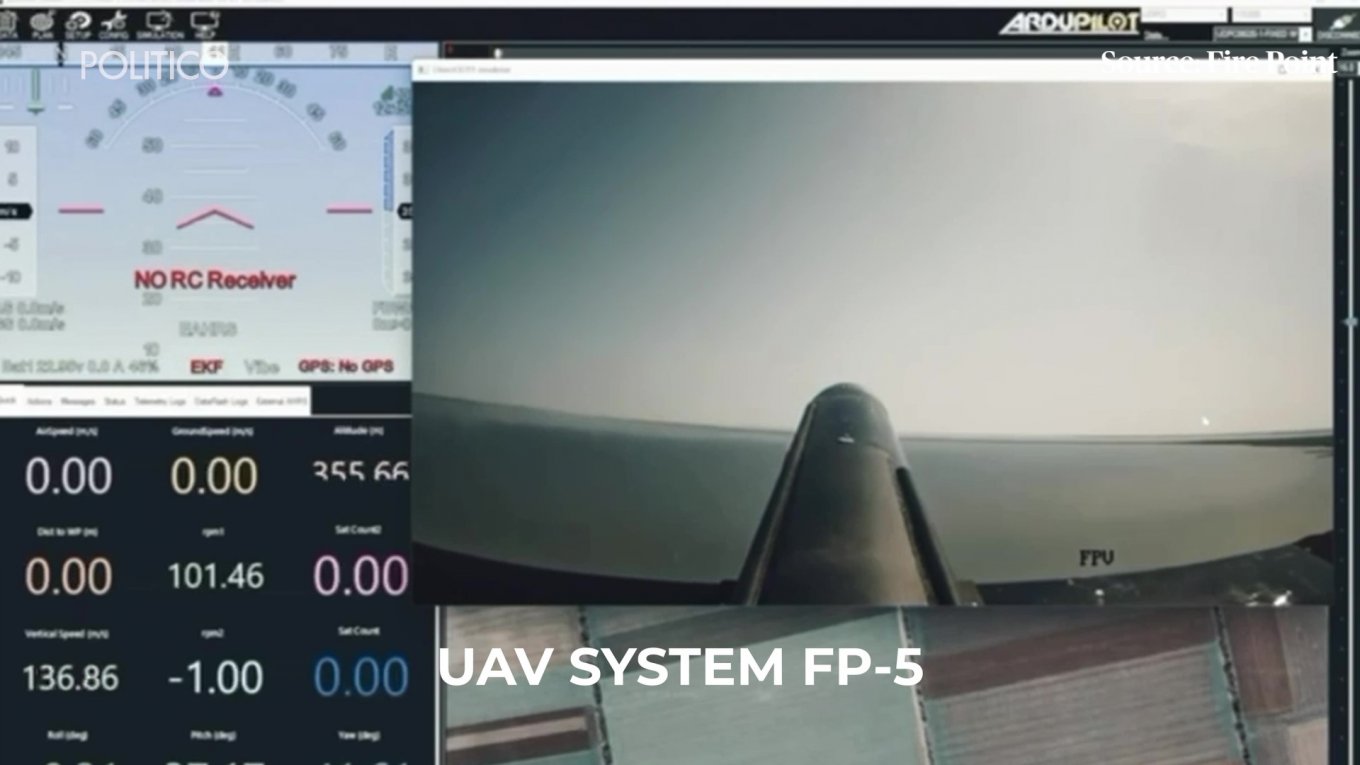
This explains why the interface displayed the message "No RC Receiver" — indicating the absence of a radio-control receiver.
Using ArduPilot should not be regarded as a drawback. On the contrary, it saves both time and resources. In fact, the drones used in Operation Spiderweb were also controlled through ArduPilot, which in no way reduced their effectiveness when striking russian strategic aviation.
Returning to the FP-5's flight: after the booster is jettisoned, the missile descends again, and the footage shows it flying at a relatively low altitude over the sea. Whether the Flamingo can perform terrain-following flight is still unknown. However, it is highly likely that the FP-5's navigation system, in both the cruise and terminal phases, is comparable to — or even more advanced than — that of the FP-1 drone. The FP-1 has already proven its effectiveness against a significant number of russian targets.

The difference lies in the warhead. The FP-1 carries 60 kilograms, while the FP-5 carries around 1,000 kilograms. This means that the destructive effect of successful strikes will be dramatically greater.
Read more: Two Possible Drawbacks of Ukraine's FP-5 Flamingo Cruise Missile




